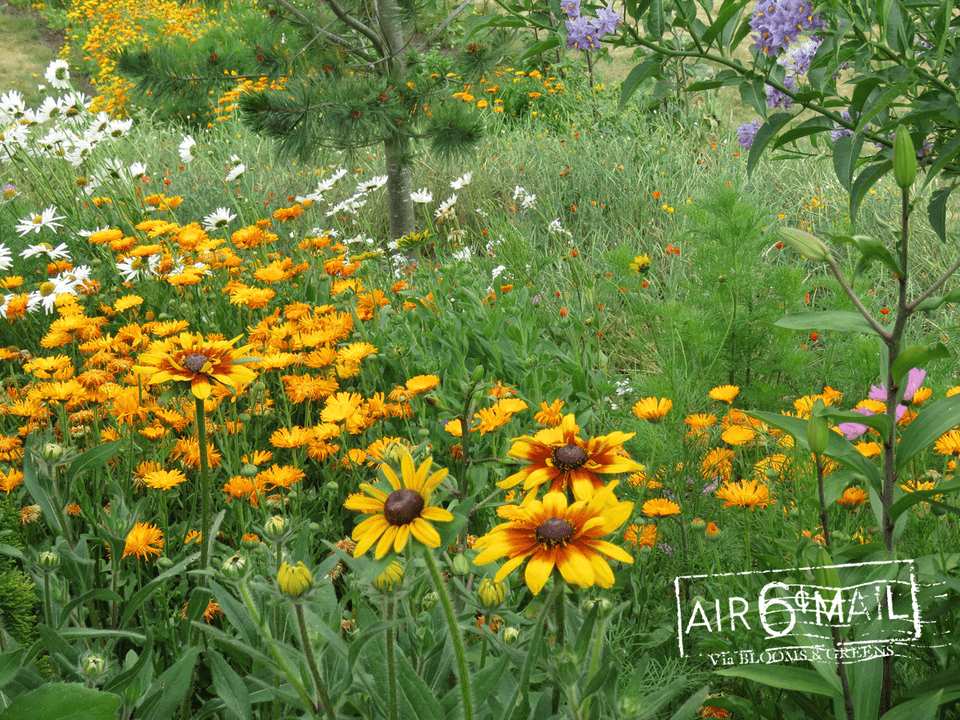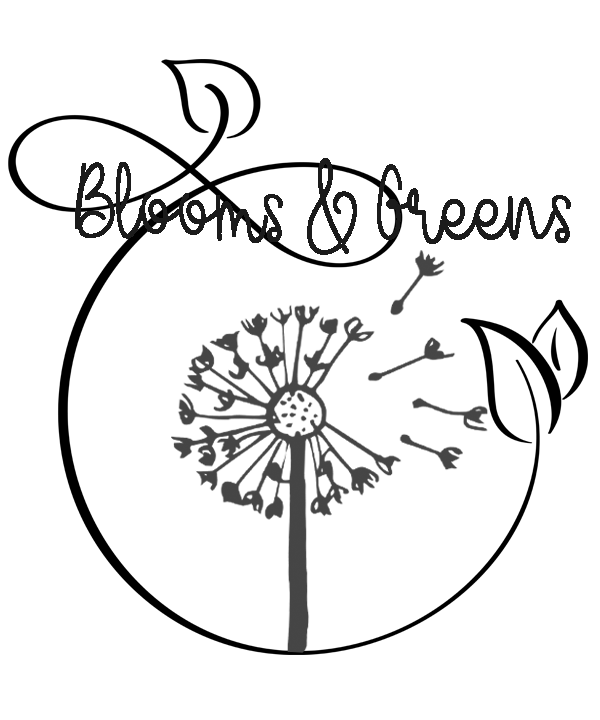hello january

For the first day of 365 days coming our way, I picked for our cover photo a snapshot of my wildflower patch from this past summer. I don't know about you, but I have always been partial to the yellow-orange hues in the garden. I think they are the most cheerful colors to have around. I only wish I could have some of them during the dark and gloomy days of winter.
In the distant background beyond the pine tree, I planted some African daisies in 2020. They are annuals but are prolific re-seeders that I did not need to plant them again the subsequent years. They are also drought tolerant that I did not have to water them unless I'm also watering the artichokes nearby.
In the foreground of this photo is a small patch of Gloriosa daisies, a North American Native perennial wildflower that grow to about 36 inches high. They are not bothered by the wind; in fact, they are most glorious to watch as their blooms nod and wave gaily in the wind even during a windstorm. While they could attract aphids, slugs, and snails, the ones I have in the garden have not shown any great damage from any of these common garden pests. They are, however, susceptible to powdery mildew. I've tried all the common homemade remedies for this without much success, and I've often ended up getting rid of the afflicted plants. It's not a big issue as they also self-sow but I am on the lookout for a powdery mildew resistant cultivar.
The rest of the flowers that made up this wildflower patch includes the orange California poppies, as well as the red and ivory colored ones; some pink and white cosmos, orange calendulas, some tree lilies, and a Chilean Potato tree called "Glasnevin", a semi-evergreen plant with purple flowers and yellow stamens. Not visible in this photo are the Sweet Williams and the very aromatic, Dames Rocket that not only lends its fragrance in the garden, but also provides a food source for many types of bees and butterflies and their larvae.
Happy New Year to you if you happen to stumble into our little corner of the world. Here's hoping that 2023 is an auspicious year for you and your loved ones, and may it be so for gardens big and small, and all creatures within its universe.

Member discussion